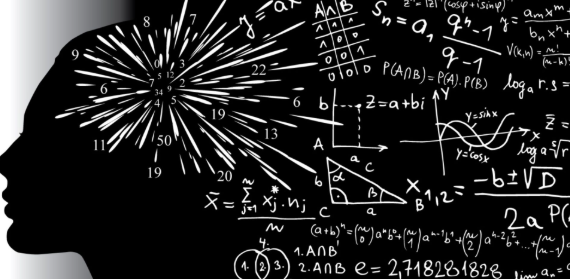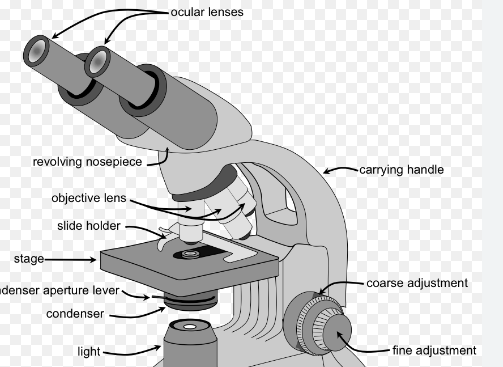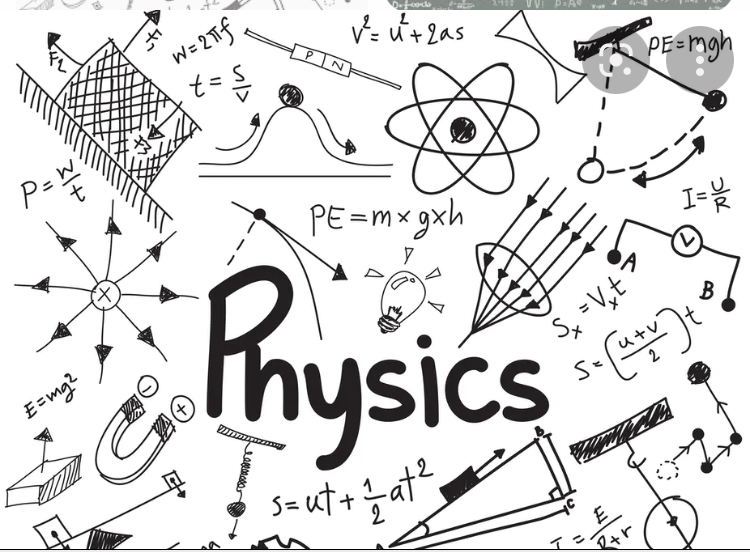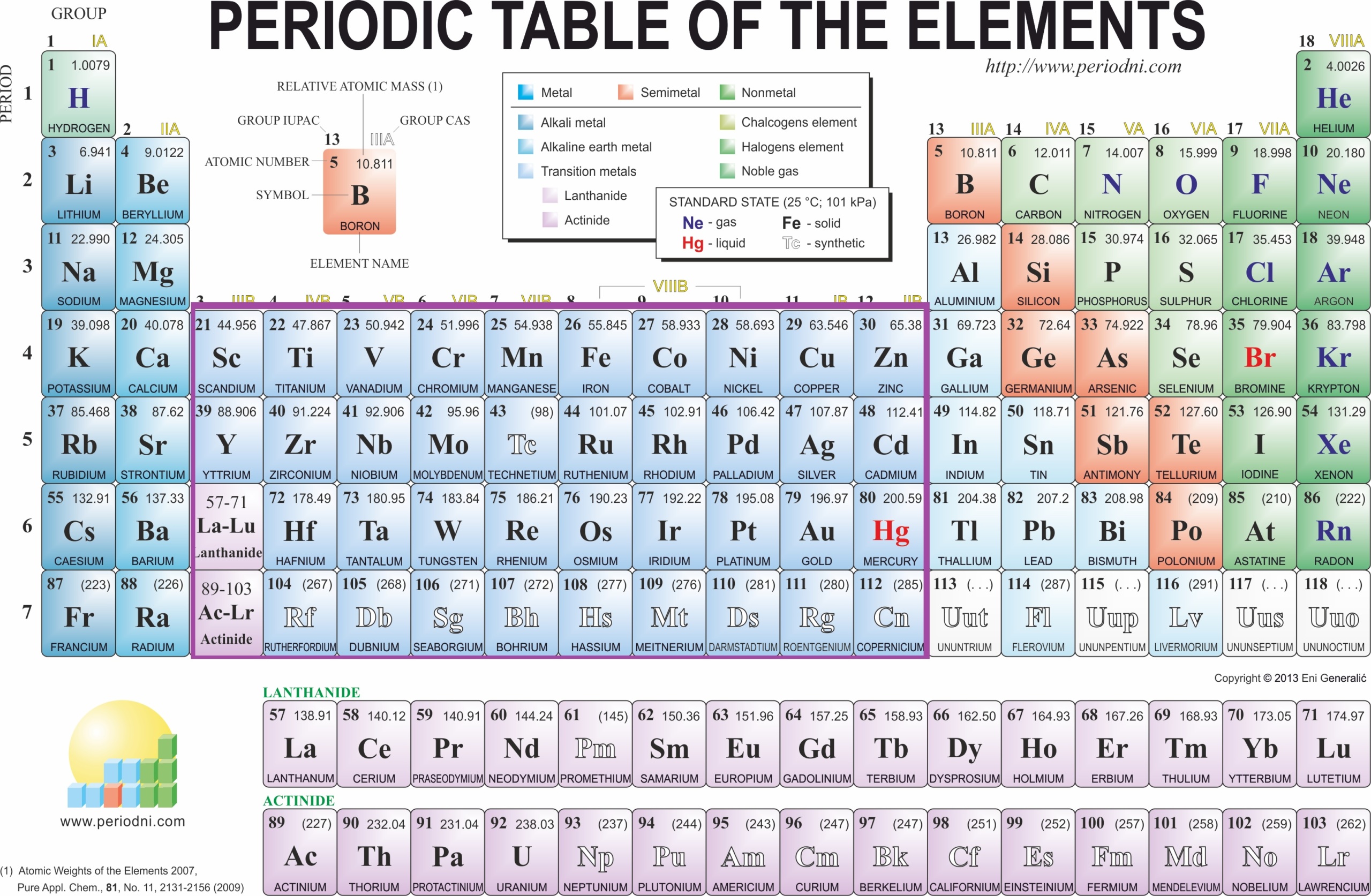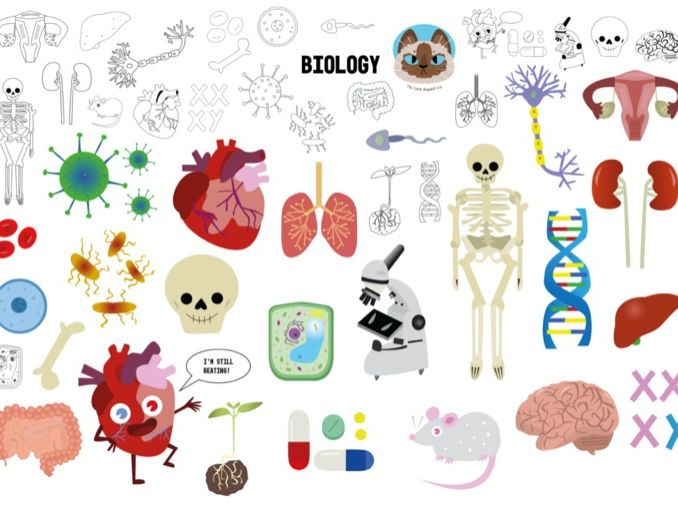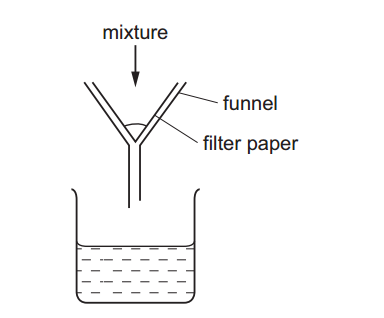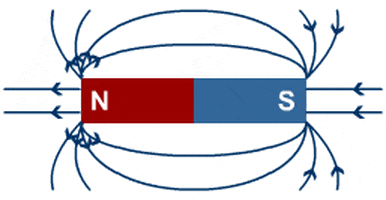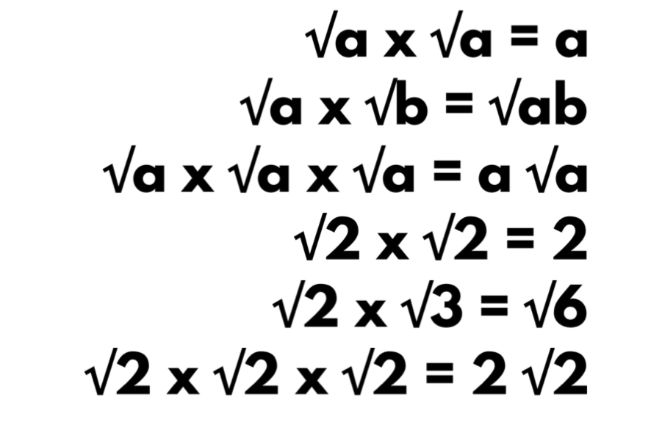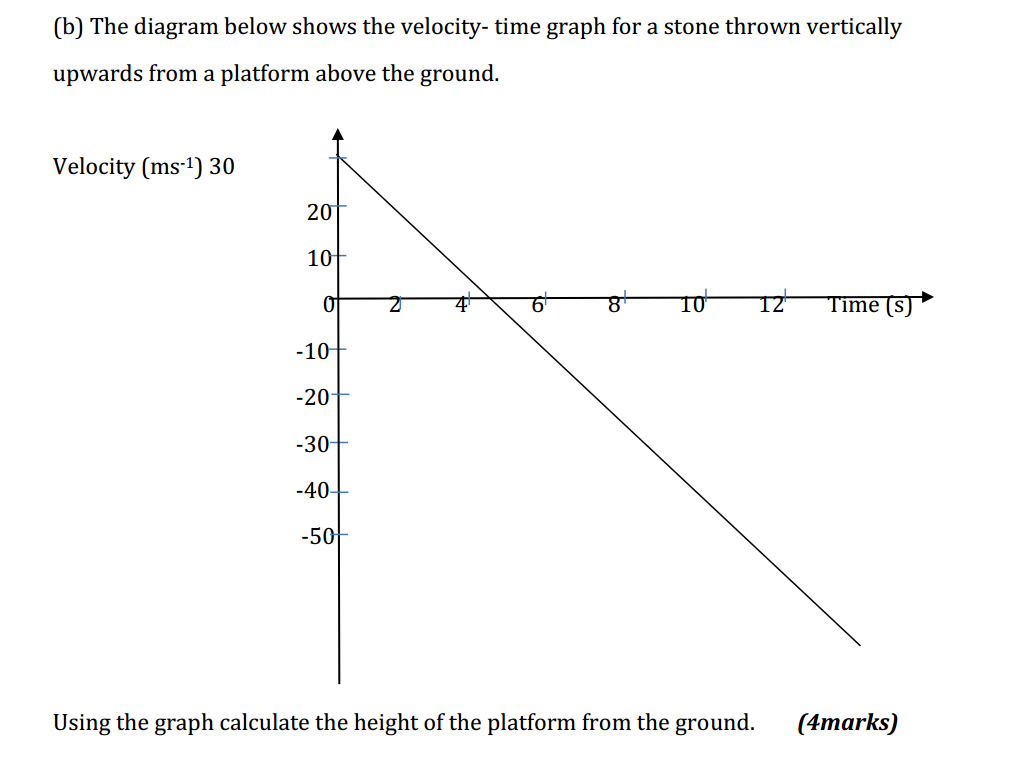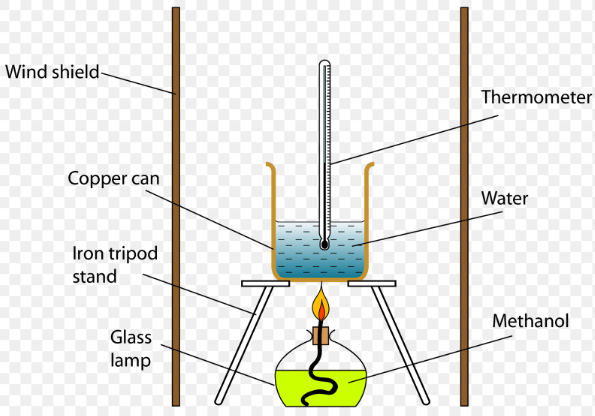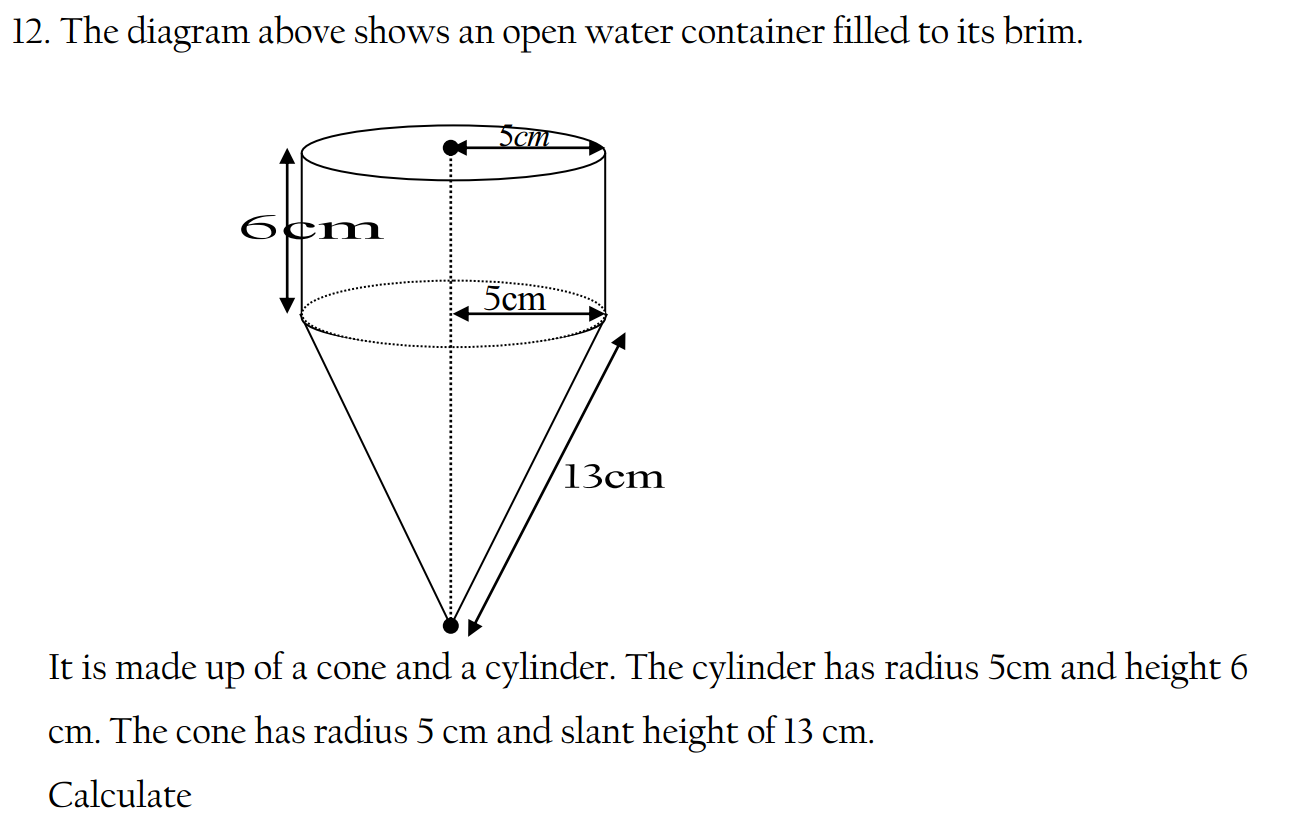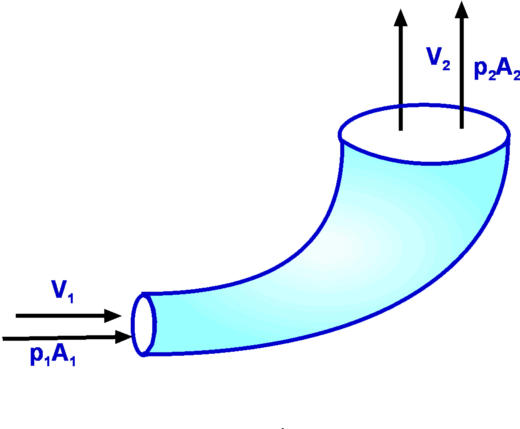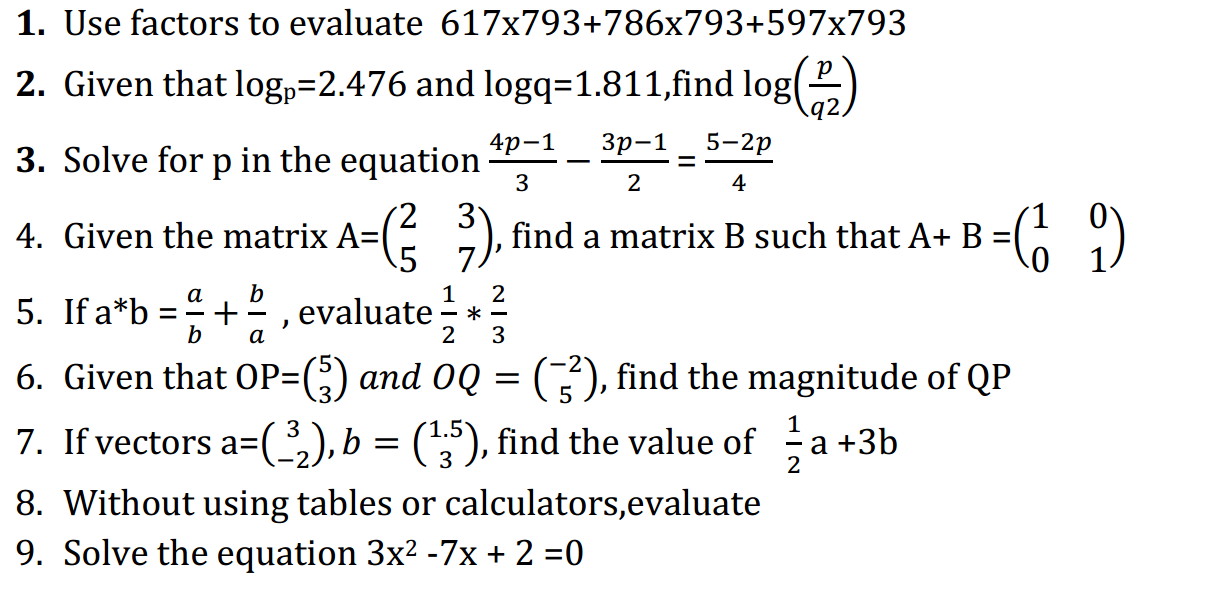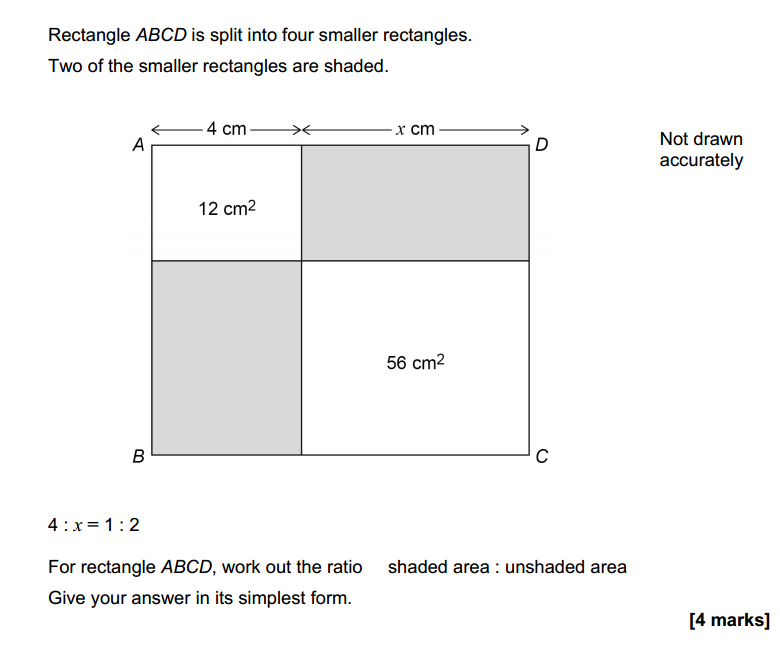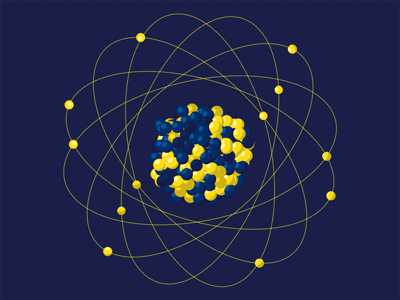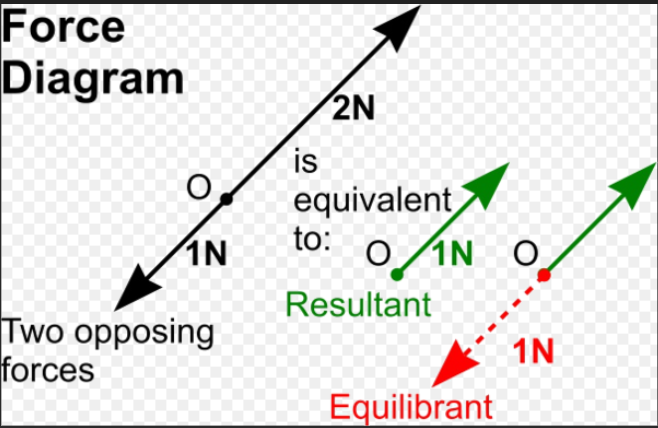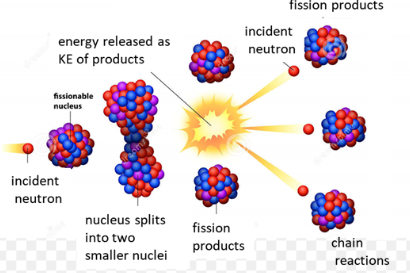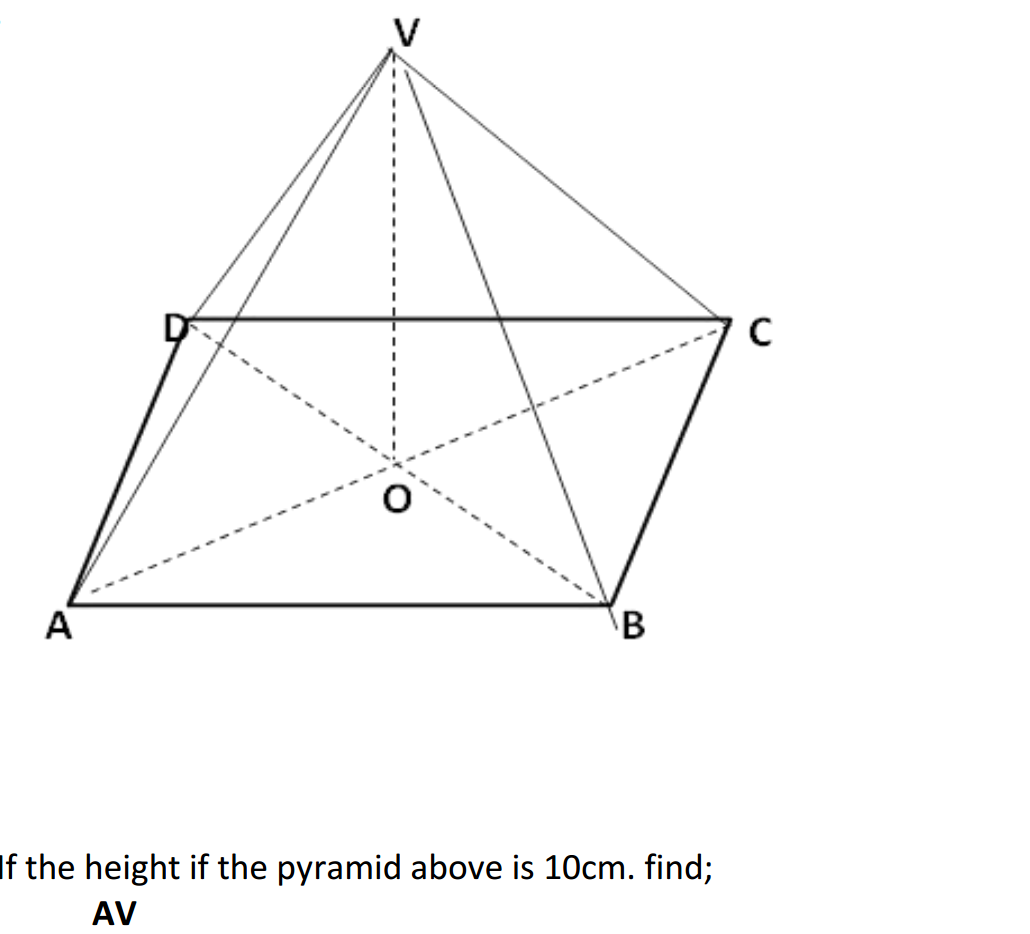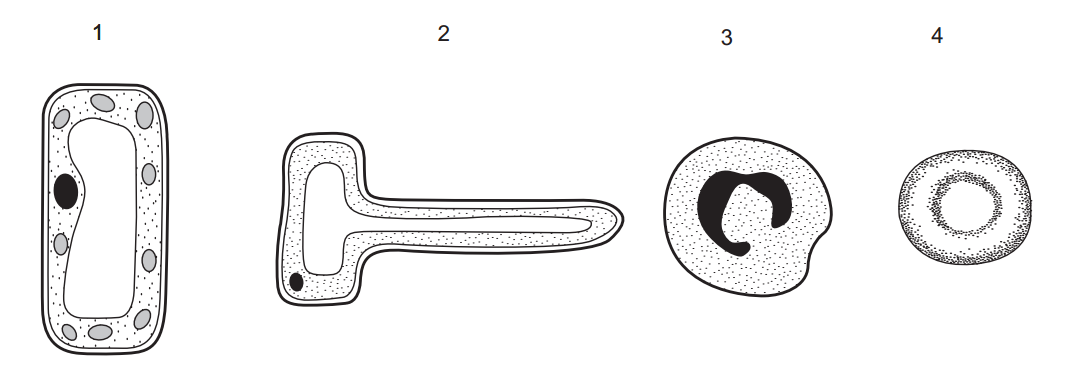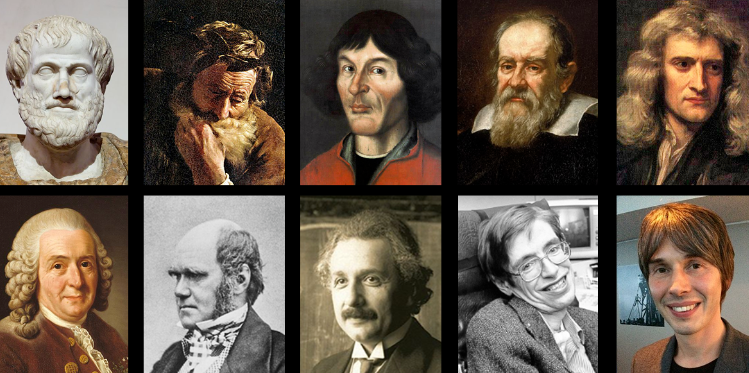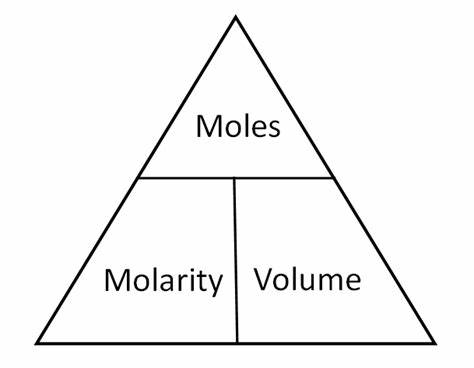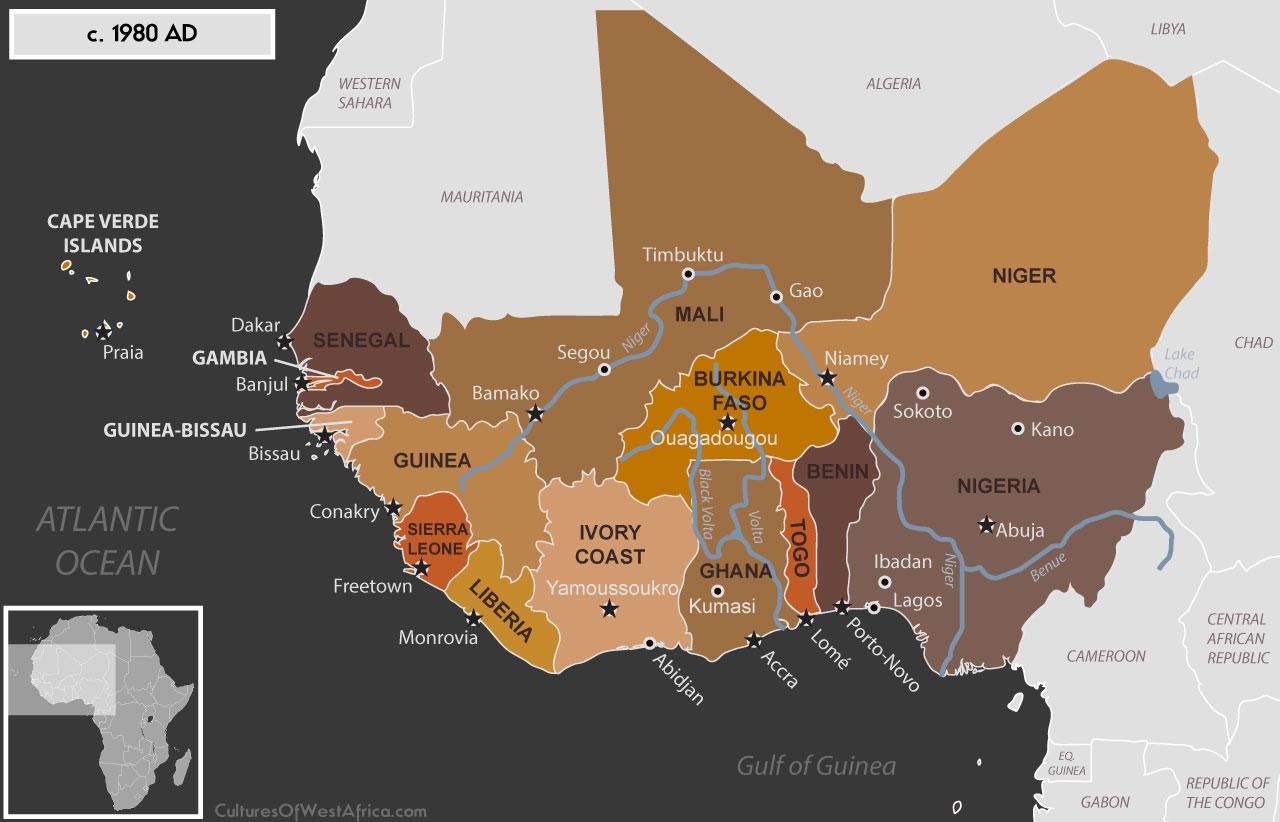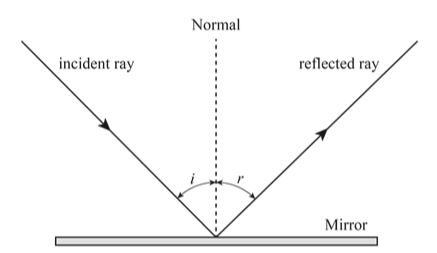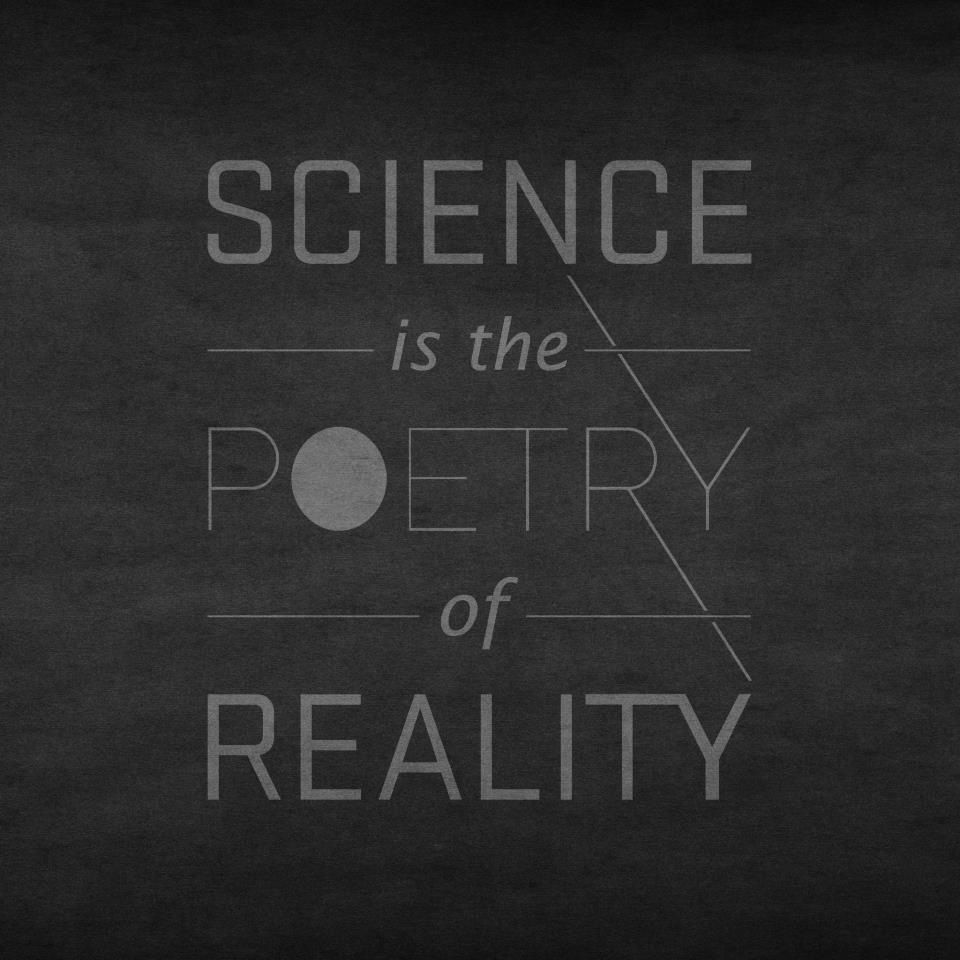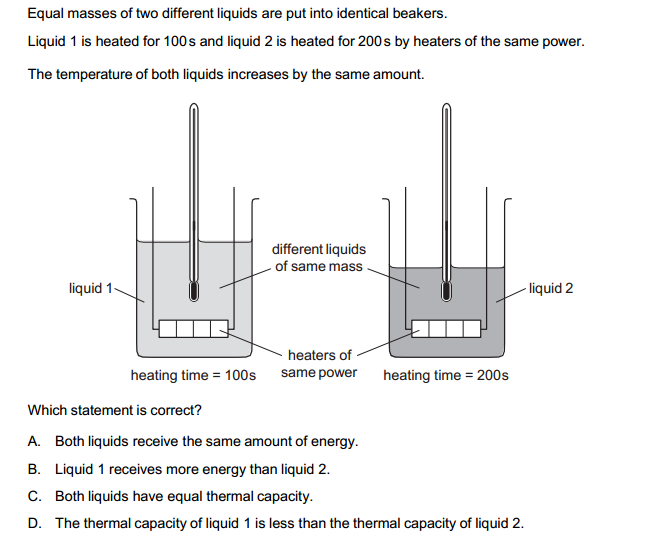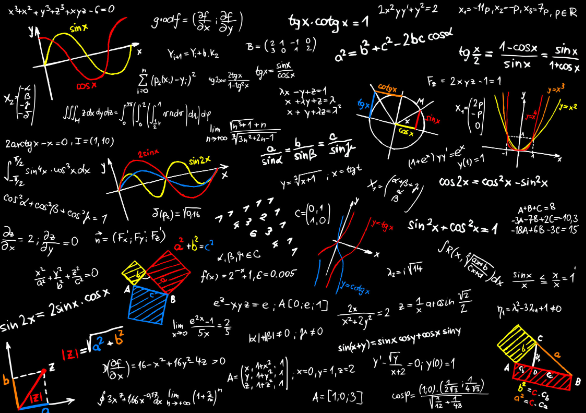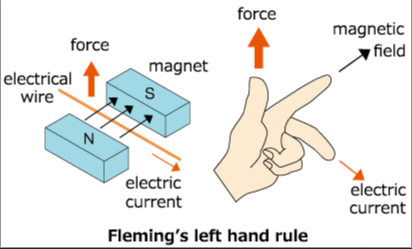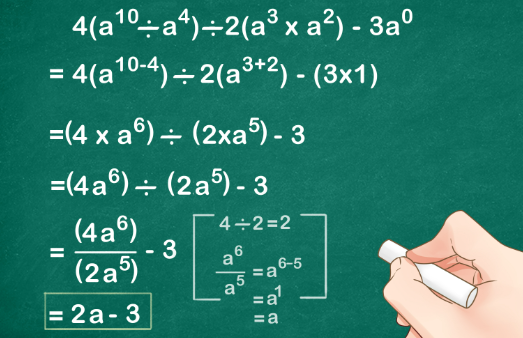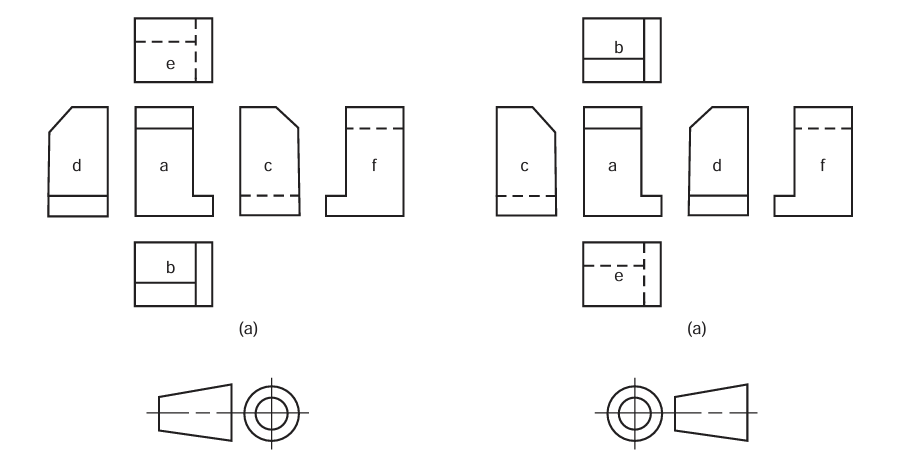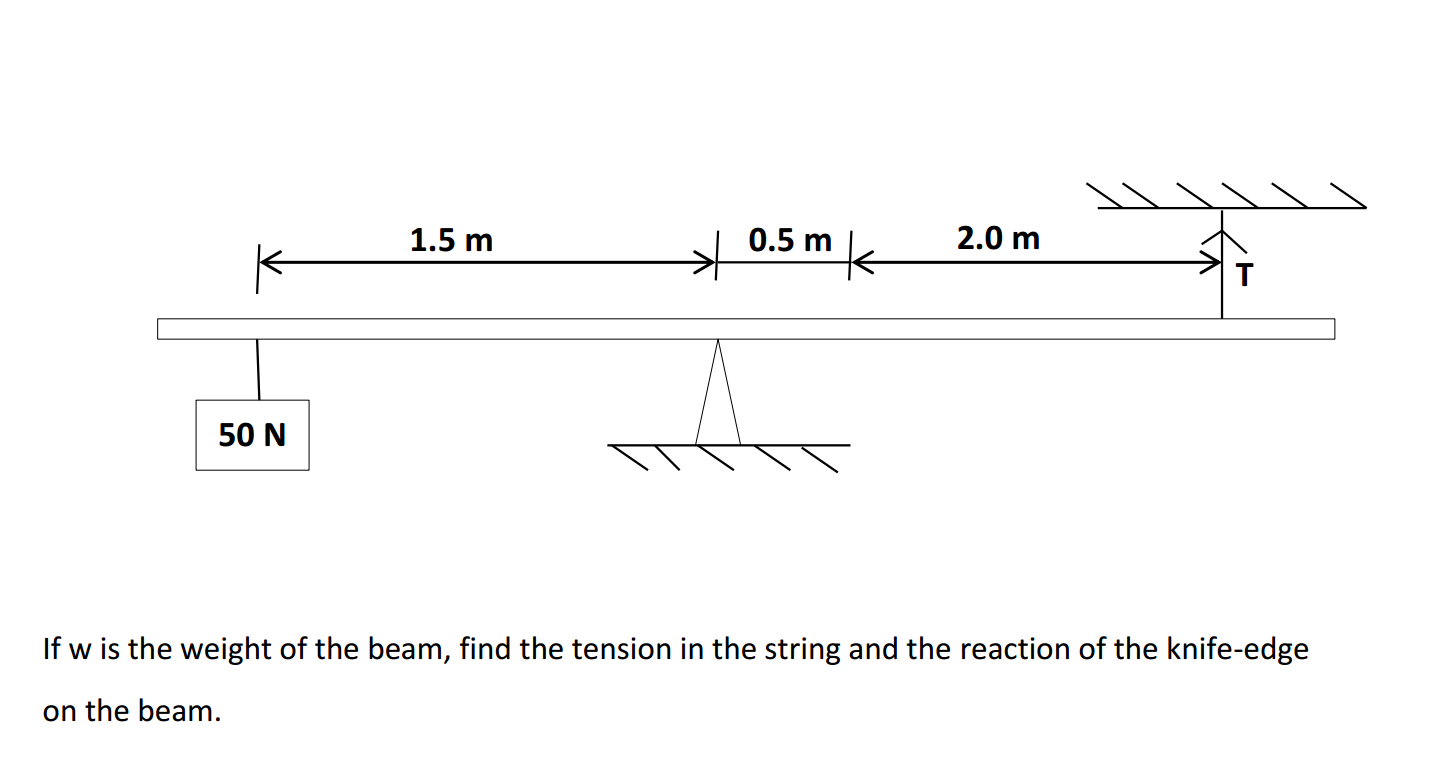Here are 20 discussion questions in wave theory in physics:
- What is a wave, and how is it different from a particle in physics?
- Describe the key characteristics of a transverse wave. Provide an example of a transverse wave.
- Explain the concept of wavelength and frequency in the context of waves. How are they related?
- What is the amplitude of a wave, and how does it affect the wave’s intensity or energy?
- Define the terms “crest” and “trough” in relation to wave patterns. What is a wave’s peak amplitude?
- What is the speed of a wave, and how is it determined? How does the speed of a wave change in different mediums?
- Describe the difference between a mechanical wave and an electromagnetic wave. Provide examples of each.
- What is the Doppler effect, and how does it relate to wave theory in the context of sound and light waves?
- Explain how interference occurs in wave patterns, both constructively and destructively. Provide examples of each.
- Define the principle of superposition as it applies to waves. How does it affect the behavior of waves when they overlap?
- Discuss the concept of wave reflection, providing examples from everyday life or physics experiments.
- What is wave refraction, and how does it influence the bending of waves as they pass through different media?
- Explain wave diffraction and provide examples of this phenomenon in real-world situations.
- Describe the behavior of standing waves and give examples of where they occur, such as musical instruments.
- Discuss the relationship between the electromagnetic spectrum and wave theory, covering various types of electromagnetic waves.
- Explain how waves can be polarized and describe their behavior when subjected to polarizing filters.
- What is the significance of wave theory in understanding the behavior of light, particularly in explaining phenomena like refraction and dispersion?
- Discuss Huygens’ principle and its role in explaining wavefronts and wave propagation.
- Explain the concept of interference patterns in the double-slit experiment and how it contributes to our understanding of the wave-particle duality of light.
- How does wave theory contribute to our understanding of sound and its properties, such as pitch and intensity?
These questions cover various aspects of wave theory, including the properties and behaviors of different types of waves and their applications in physics and everyday life. They can serve as discussion topics or as study aids for students learning about wave theory.



